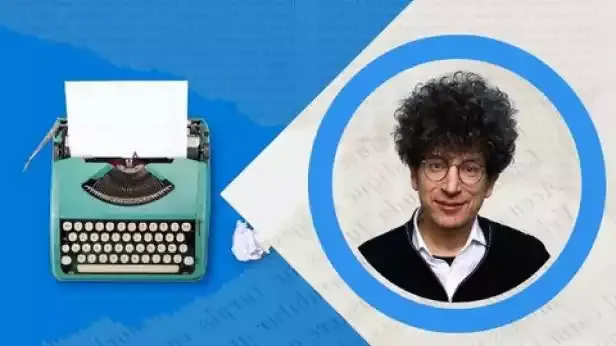Work Set-Up: Focus and Creativity. 3 Major Differences.

Focus and creative tasks as neuroscience shows require quite a different approach. One is about eliminating unrelated, the other is about building surprising connections between seemingly unrelated stuff. One requires closing the box, the other throwing the box away and welcoming unstructured input. Brain chemistry also seems to be different, when it comes to dominating neurotransmitters and focused and creative work.
So, how do you set up optimally for creative or focused work according to research? Here are 3 major aspects you want to pay attention to.
1. TIME OF THE DAY
Focused work loves dopamine and norepinephrine. Heightened levels of alertness and drive seem to be great for deep focus, for when you need to crack a task requiring a lot of analysis, systematization, putting a good structure in place of whatever you are working on. When is the best time of the day for that? Your first 8 hours of waking is when dopamine and norepinephrine peak - the ideal chemical cocktail for deep, focused work.
How about creativity?
More relaxed and laid-back approach is desired here. What do we bring to the “table” then? More serotonin! And that seems to dominate when dopamine and norepinephrine get weaker - your second 8 hours of the day.
It’s not all black and white but you might notice that the first 8 hours of waking, the earlier the more - your brain is a bit more analytical and skeptical and it’s not that great for creative work that requires an open, non-judgmental state of mind.
I also recommend having a bit of a refresher before that creative bout - a power nap (20 minutes) or yoga Nidra protocol (here’s a good one by Andrew Huberman).
2. THE ROOM
Focus is all about eliminating distractions, unrelated materials even pictures of family or some work-related materials can be distracting, promoting mind-wandering.
When you want to focus on just one thing - you want to put yourself in an imaginary box, with blinders on. Actually, the room that’s like a box works best for focused work. Think of a white cubicle, noiseless, well-illuminated, boring almost. You are dedicating 100% of your cognitive capacity to this one thing.
Creativity?
Open up the box!
High ceiling, maybe even a skylight? Nature outside your window, people around you, pictures, creative prompts - that’s what is ideal for boosting connecting the dots process. Your mind starts to wander and your ideas and solutions tend to be more diverse because of that.
A friend of mine, an artist, asked, "So maybe I work on my editing of art while facing a wall, I need all the focus I can get then. But when I’m in the ideation phase - I’ll go to my favorite coffee shop? What do you think? - I think it’s a brilliant idea!"
3. THE THINKING
When a task requires analytical thinking, bringing together data, your knowledge, coming up with solutions that require logical thinking, or like my friend mentioned, when you are in the editing stage of your art - you need to have 2-3 hours of uninterrupted work, with some breaks.
For creative work, especially bigger projects, you want to allow your mind to wander while you are doing something novel and unrelated, and your mind is working at the background on connecting the dots and coming up with ideas. A lot of creative work is about posing a question, exposing yourself to as many related and not-so-related experiences as possible that might potentially solve the creative challenge, and then having your AHA moment and recording that. Creative tasks are also better solved (compared to focused work) without a deadline, allowing enough time for your brain to ferment all the inputs to come up with the best solution.
Keep these in mind when scheduling your focused and creative work.
Have you tried these❓ Do you have questions about specific applications in your field of work❓ Let me know! Would love to help you to bring your brilliant work out into the world!

No comments.